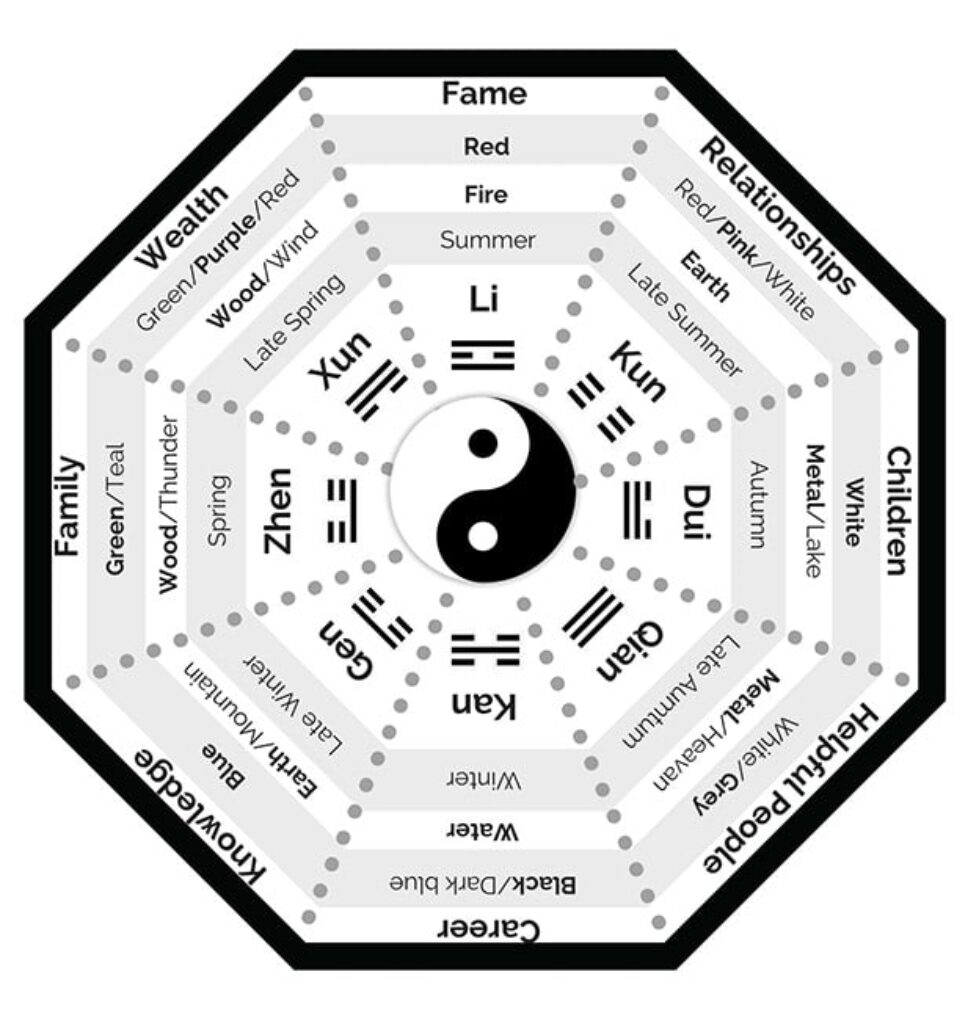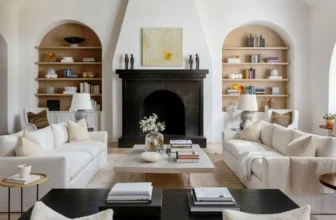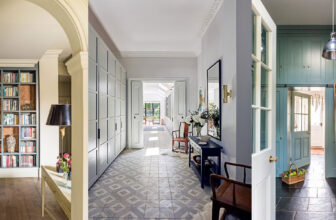
How Feng Shui Principles Can Improve Your Home’s Energy
Ever walked into a home and immediately felt calm, refreshed, or even energized? That invisible but powerful feeling often comes down to energy flow—and one ancient practice that’s been guiding this for centuries is Feng Shui. Rooted in Chinese philosophy, Feng Shui (pronounced “fung shway”) means “wind and water” and focuses on how your environment affects your well-being. By balancing the energy, or chi, in your home, Feng Shui can help you create a space that supports harmony, health, and happiness.
Let’s explore how Feng Shui principles can improve your home’s energy—and your life.
1. Clear the Clutter: Make Space for Energy to Flow

One of the foundational principles of Feng Shui is decluttering. Clutter blocks the natural flow of chi, leading to feelings of stagnation, stress, or confusion. Whether it’s a drawer full of junk or a hallway piled with shoes, clutter represents stuck energy.
Quick tip: Start with your entryway. It’s called the “mouth of chi”, where energy enters your home. Keep it clean, open, and welcoming to invite positive energy in.
2. Use the Bagua Map: Align Your Home with Life Goals
The Bagua Map is a Feng Shui energy map that divides your space into nine zones, each representing an area of life—like health, relationships, wealth, and career.
How to use it: Align the map with your floor plan using your front door as the starting point. Then assess each zone:
- Wealth (Back Left): Add purple tones or symbols of abundance (like plants or coins).
- Relationships (Back Right): Use pairs—like two candles or two chairs—to invite love and harmony.
- Career (Front Center): Incorporate water elements like mirrors or black tones to support flow and opportunity.
This can guide your decorating choices with intention, not just style.
3. Balance the Five Elements: Create Harmonious Energy
Feng Shui revolves around five natural elements: Wood, Fire, Earth, Metal, and Water. Each brings a different type of energy, and balancing them creates a harmonious space.
- Wood: Growth & vitality – Use plants, wooden furniture.
- Fire: Passion & transformation – Add candles, bright reds, or lighting.
- Earth: Stability – Use ceramics, earthy tones, and square shapes.
- Metal: Precision & clarity – Incorporate metal frames or silver accents.
- Water: Flow & abundance – Add mirrors, fountains, or wavy shapes.
A room that feels “off” may simply have too much of one element and not enough of another.
4. Pay Attention to Furniture Placement
In Feng Shui, where you place your furniture matters as much as the furniture itself.
The Command Position is key. This means placing beds, desks, and sofas where you can see the door without being directly in line with it. It gives a sense of control, stability, and security—especially important in bedrooms and workspaces.
Also, avoid placing furniture with backs to doors or windows, as it creates vulnerability and disrupts energy flow.
5. Let Nature In: Light, Air, and Life
A vibrant home needs fresh air and natural light. Open windows, use sheer curtains, and bring in air-purifying plants. Plants are not only linked to the wood element (growth) but also act as energy filters, cleansing the space and uplifting the mood.
Recommended plants for good chi:
- Peace lily – promotes harmony
- Lucky bamboo – symbolizes prosperity
- Areca palm – purifies air and invites calm
6. Mind Your Mirrors: Reflecting Energy Wisely

Mirrors in Feng Shui are powerful tools—they reflect energy and can double what they reflect. But placement is crucial.
- Good: Across from a beautiful view, to bring that energy in.
- Avoid: Facing a bed (it can disrupt sleep) or directly opposite a door (it may push chi back out).
Mirrors also enhance the water element and bring fluidity into the room.
Final Thoughts: Designing with Intention
Feng Shui isn’t about rigid rules or superstition—it’s about designing with awareness and intention. A well-balanced space not only looks good but feels good. When energy flows freely in your home, you’re more likely to experience clarity, peace, productivity, and joy.
By integrating even a few Feng Shui principles, you can begin to transform your home into a sanctuary—a place where you thrive, recharge, and truly feel at ease.
Would you like a visual Bagua map or element balance chart to go along with this post? I can create a printable or web version!








